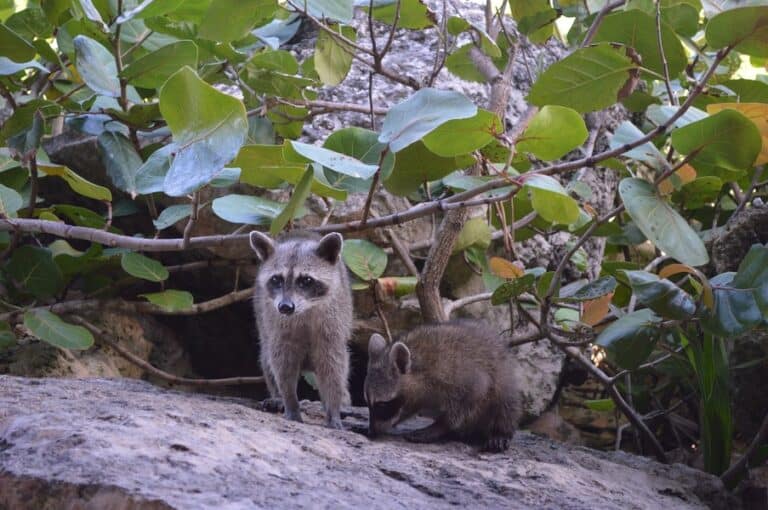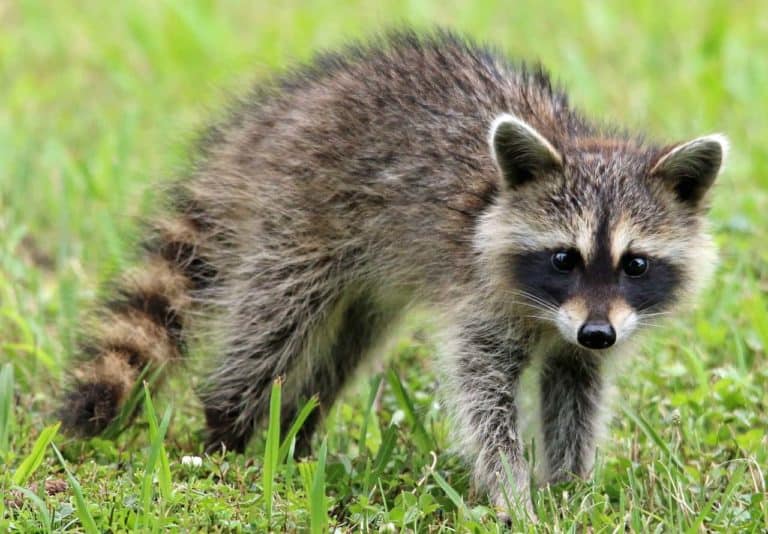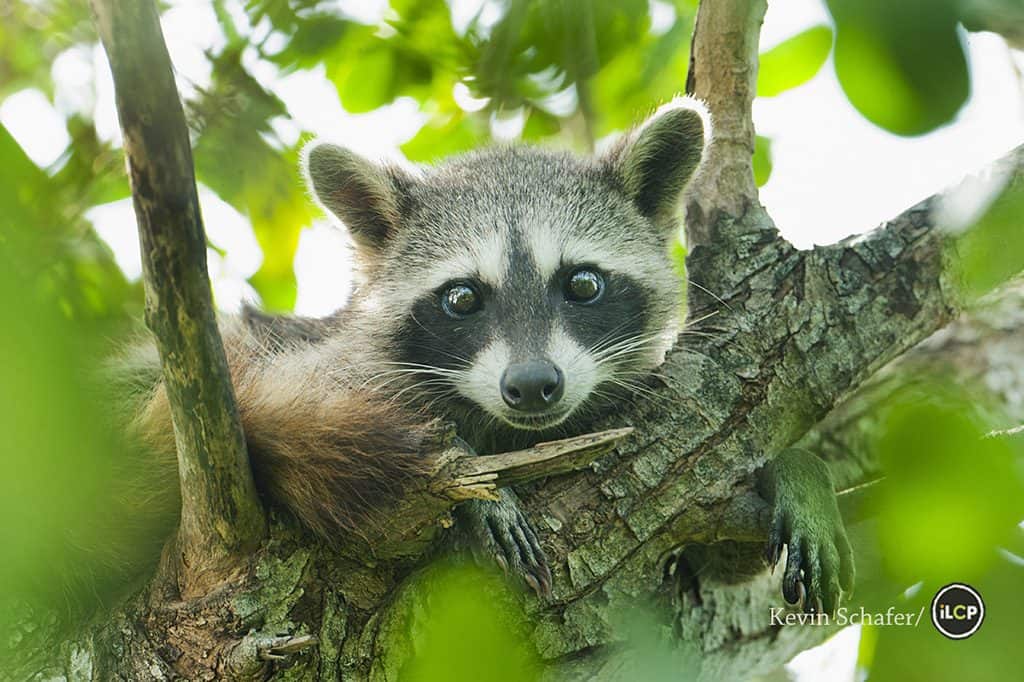The Plight of the Pygmy Raccoon: An Insight into Their Endangered Status
The diverse ecosystem of Cozumel, an island off the coast of Mexico, is home to an array of unique wildlife species. Among these, the Procyon pygmaeus, known as the Pygmy Raccoon or Cozumel Raccoon, has gained attention to its critically endangered status. This post aims to explore in-depth why are pygmy raccoons endangered and to shed light on the current conservation efforts to save this unique species.
The Uniqueness of Pygmy Raccoons
The Pygmy Raccoon, distinctive to Cozumel, is a smaller subspecies of the common raccoon. These creatures are among the smallest species of raccoons in the world, with an average weight of only 3-4 kilograms. Their unique features, such as a large black throat band, smaller teeth, and a light yellow or bronze colored tail, set them apart from their common counterparts.
Evolutionary Roots: The Origins of the Cozumel Raccoon
While you won’t find any true fossils of the Pygmy Raccoon, scientists have uncovered their skeletons at ancient archaeological sites on Cozumel. It’s believed that Cozumel itself broke away from Mexico’s mainland during the late Pleistocene, meaning this pint-sized raccoon hasn’t been around for more than roughly 122,000 years.
Genetic studies suggest that the Cozumel raccoon split off from its more common mainland relatives between 26,000 and 69,000 years ago. Over thousands of years in isolation, these raccoons evolved their own distinctive traits—another example of island life shaping a truly one-of-a-kind species.
Home Range, Density, and Activity Patterns of the Cozumel Raccoon
Unlike their mainland cousins, Cozumel’s pygmy raccoons are island specialists, favoring the mangrove forests and sandy wetlands of the northwest, though they occasionally turn up in semi-evergreen forests, agricultural fields, or even the far southern reaches like Punta Sur ecological park.
Research has shown that these raccoons occupy relatively modest territories. An average home range covers around 67 hectares (about 170 acres), and population density hovers between 17 and 27 individuals per square kilometer—a surprisingly tight-knit group compared to the more sprawling densities of their common raccoon relatives when food is plentiful.
Behaviorally, the Cozumel raccoon is a stealthy night dweller. Most activity occurs between sunset and roughly 4:00 AM, where they roam under cover of darkness. Males tend to have wider wandering grounds than females, but, interestingly, these animals don’t strictly defend their territory. Instead, they lead mostly solitary lives, with the exception of occasional family groups comprised of mothers and their young.
These nightly patterns, tight home borders, and low population densities all tie directly to the quality of their habitats and the pressures from human activity, helping explain the vulnerability of this petite island native.
What Do Cozumel Raccoons Eat? Seasonal Diets and Habitat Preferences
Pygmy Raccoons are not picky eaters, but their menu is influenced by where they live and what’s in season. These adaptable omnivores have an appetite for pretty much anything that scuttles, crawls, or ripens in Cozumel’s lush environments.
- Crabs are a favorite snack, especially the blue land crab and hermit crabs, which make up nearly half of their diet. Strolling through mangroves or along the coast, you’re likely to see raccoons on the hunt for these crustaceans, particularly when they’re abundant during the wet season.
- Fruits like sapodilla and snowberries become vital when the rains let up and crabs are less active. In the dry season, raccoons will eagerly switch to whatever fruits are in greatest supply, showing how flexible and resourceful they can be.
- They also dine on frogs, lizards, insects—really, anything that fits into their tiny paws and offers up enough calories to keep them going.
As Cozumel’s human population and tourism scene grow, so, too, do opportunities for raccoons to sample new treats—from campground leftovers to food scraps left behind by beachgoers. While this might seem convenient, it raises concerns about wildlife becoming reliant on foods far from their natural diet, which could have long-term effects on the species’ health and behavior.
What is Known About the Behavior and Social Structure of the Cozumel Raccoon?
Despite their fame as one of Cozumel’s most unique residents, there is still a lot to uncover about how these raccoons live day-to-day. What we do know is that the Pygmy Raccoon leads quite a mysterious life—these creatures are mainly nocturnal, preferring the cover of darkness for their foraging adventures. Most of the time, they go about their business alone, but mothers with young may be spotted moving together as a small family group.
Rather than staking out firm territories, these raccoons have overlapping home ranges, typically spanning about 67 hectares (around 170 acres) per individual. Don’t expect turf wars—unlike some of their mainland cousins, they don’t get especially territorial.
When it comes to numbers, scientists estimate that you might find 17 to 27 Cozumel raccoons living in a single square kilometer. While most of their habits remain shrouded in intrigue—think of them as the secret agents of the mangroves—what we do know hints at a species that adapts to available resources without much fuss.
As for reproduction, detailed studies are scarce, but observations suggest that most females give birth between November and January. There’s even the possibility of a summertime encore, with a second litter appearing later in the year. All in all, the Pygmy Raccoon’s social life may be subtle, but its resilience and adaptability paint a fascinating portrait of survival in Cozumel’s ever-changing environment.
Habitat Preferences of the Cozumel Raccoon
Cozumel’s pygmy raccoon is more than just rare; its habitat preferences are a fascinating study in island survival. While this raccoon is only found on Cozumel and nowhere else, it has developed a remarkable ability to adapt to different areas across the island.
Primarily, these raccoons favor the dense mangrove forests and sandy wetlands tucked into the northwest reach of Cozumel. These environments provide shelter and a steady food supply—two things every small mammal covets. However, sightings aren’t strictly limited to the mangroves. On occasion, pygmy raccoons have popped up in nearby semi-evergreen forests and even agricultural fields that border their preferred homes. They’ve also been documented in the wild stretches of Punta Sur ecological park on the island’s southern tip, proving just how resourceful these animals can be when it comes to finding a suitable spot to call home.
This flexibility in habitat isn’t just interesting trivia—it’s a testament to the species’ resilience in the face of changing landscapes and serves as a glimmer of hope in the ongoing quest to preserve their dwindling numbers.
The Shrinking Population: How Many Cozumel Raccoons Are Left?
The Pygmy Raccoon population on the island has significantly declined, leaving only around 192 mature individuals and causing increased concern. This significant decline has led to increased concern among conservationists and environmentalists, raising the question, how many Cozumel raccoons are left?

Threats to the Pygmy Raccoon: The Impact of Tourism
As Cozumel has become a popular tourist destination, the island has seen rapid development, impacting the natural habitats of the Pygmy Raccoons. The tourism industry, while beneficial to the local economy, has become the primary threat to the survival of these creatures.
Hurricanes and Climate Change: Natural Disasters Take Their Toll
Cozumel’s Pygmy Raccoons aren’t just facing threats from humans—the island’s unpredictable weather, driven by climate change, is another silent adversary. Severe hurricanes, which have become more frequent and intense in recent years, wreak havoc on the raccoon’s already fragile habitat. After a hurricane sweeps through, the raccoon population can plummet dramatically, sometimes dropping by as much as 60% in severely affected areas.
Young raccoons, in particular, stand little chance against the force of these storms. Many juveniles fall victim to collapsing trees, flying debris, or flooding—natural dangers that are worsened by the island’s changing climate. The aftermath of each major storm leaves fewer survivors and makes it harder for the population to bounce back, pushing the species ever closer to extinction.
The Consequences of Human Interaction
Frequent feeding by tourists has led to the raccoons losing their natural fear of humans, putting them at risk. The waste generated by tourists contributes to a toxic environment, endangering the raccoons, who often feed on discarded waste.
Predation and Disease
Introducing non-native species, such as domestic dogs and cats, presents another threat to the Pygmy Raccoon. These animals can transmit diseases and parasites to the raccoons, impacting their population.
Ecosystem Imbalance
Predatory behavior towards crabs is the primary function of Pygmy Raccoons in Cozumel Island’s ecosystem. The decline in their population disrupts this food chain, leading to an overpopulation of crabs and subsequent imbalance in the ecosystem.
Responsible Tourism: Its Significance
Responsible tourism is key to ensuring the survival of the Pygmy Raccoon. Tourists need to not feed the raccoons and ensure minimal waste generation.
Conservation Efforts: Steps Towards Recovery
Cozumel has taken steps towards creating a protected environmental area in the northern part of the island, which is home to a large population of Pygmy Raccoons. Efforts are being made to educate both locals and tourists on preserving the raccoons and their habitat.
Captive Breeding
Captive breeding is another approach being considered helping restore the Pygmy Raccoon population. If successful, this could boost their numbers and potentially save them from extinction.

The Importance of Ongoing Scientific Research
Ongoing research plays a pivotal role in the fight to conserve the Pygmy Raccoon. Careful study not only helps confirm that these raccoons truly are a distinct species—separate from their mainland cousins—but also uncovers the details that make them so unique. For example, specialists have documented physical differences such as body size, skull shape, a characteristic black throat band, and their lighter yellowish tail.
These subtle, long-evolved traits are more than just curiosities; they’re evidence of the raccoon’s long isolation on Cozumel and its adaptation to a unique island habitat. As scientists continue to study their genetics, behavior, and ecological role, they gather essential information for shaping targeted conservation strategies.
Regular scientific assessment ensures conservation efforts are founded on up-to-date knowledge. This ongoing research guides policy makers, local authorities, and international organizations in crafting effective protections tailored to the Pygmy Raccoon’s specific needs. Without committed inquiry and observation, it would be easy to overlook critical details or to mismanage recovery programs—making the difference between survival and extinction for this remarkable species.
The Future of Pygmy Raccoons
While the situation for the Pygmy Raccoon is dire, with concerted efforts from conservationists, tourists, and the local population, there is hope for the future. The next few years will be crucial in determining the fate of this unique species.
In Conclusion: Why Are Cozumel Raccoons Endangered?
In conclusion, the primary reasons why are Cozumel raccoons endangered are the rapid development of the tourism industry in Cozumel, resulting habitat loss, increased interaction with humans, and introducing non-native species. If these factors are not addressed, the question of how many Cozumel raccoons are left might soon have a distressingly low answer.
Reference:
IUCN Red List of Threatened Species. Procyon pygmaeus
National Geographic. On the Trail of the Pygmy Raccoon
Conservation Photographers. Cozumel Raccoon
Kevin Schafer. Cozumel Raccoon Photography
Wikipedia. Cozumel Raccoon
Remember, every small action counts in the grand scheme of conservation. Let’s work together to protect and preserve our planet’s biodiversity.
Why Book With Us?
Book through this website, and we guarantee you’ll get the lowest price online. You’ll be dealing directly with us, the owners and we never charge booking fees, so you will save up to 30% of the cost over sites like Airbnb. Book our Vacation Rental in Cozumel here.

